Lens choices are often very perplexing but they are critical to the final photograph. Or to put it in simple terms, if you have a top of the line body and a mediocre lens you’ll get a mediocre photograph, if you have a mediocre camera body and a great lens, all other things being on point you’ll get a great photograph. The lens is the single most important element of recording what you intend to capture in as true a form as possible.
Choosing a lens from hundreds available is difficult but with a few simple steps you should be able to narrow it down tremendously to just a few to choose from. The human eye is the lens we are most familiar with and on a 35mm camera the equivalent would be the 50mm lens. When we consider what the human eye sees and try to equivocate it to our camera we must take into account any magnification factor of your camera, IE if your camera has a magnification factor of 1.5 a 35mm lens will actually perform like a 50mm lens (52.5mm to be exact). While this does have its downsides on the lower end meaning you may have to buy an expensive lens on the low focal length such as a 10 or 14 millimeter lens, you get a real boost on the upper end as your 300mm lens becomes a 450mm lens!
1. The Legacy Lens:
Of the choices in lenses the first decision to make is if you want to stick with the manufactures lenses (Nikon, Canon, etc.) or if you are willing to consider other manufacturers (Sigma, Tamron, etc.). In making this decision you have to evaluate your current camera body, is it full frame or a cropped sensor, if it is cropped the lenses that are made exclusively for your sensor (IE the DX lenses in the Nikon system) will not work on a full frame camera. If you anticipate no changes of sensor size or mounting system in the future you can invest in the best of lenses. If not, stick with the cheaper lenses that you can sell or retire afterwards. The 3rd party lenses are equally as good as many of the original manufacturers lens and should be considered when you are purchasing lenses, this way when you hire the Jumpers N Rentals for a party you are able to take great pictures. One of my first awards for photography was taking with a 3rd party lens, it was a Sigma 70mm-300mm lens with the macro function, to this day and 6 years into the lens it still works great and is very reliable.
2. What type of photographs will you be taking?
If you are shooting indoors or outdoors you will have some specific requirements, for example while a telephoto lens will work well outdoors indoors may not offer enough space for you to frame your subject matter. On the other hand a 10mm lens would not be very useful for shooting landscapes for the most part. The rule of thumb is: The shorter the focal length the wider the viewing angle.
If you are shooting people you will want to have a 50mm lens minimum for full portraits and for headshots either an 85mm or 105mm Macro surprisingly! You probably did a double take but in addition to its primary purpose a macro lens takes excellent headshots making great use of a sensitive depth of field to blur or bokeh the background.
If you are shooting sports or low light photography you will want to have a fast lens, this gets a little confusing because most people equate fast with shutter speed but in the case of lenses it actually refers to the aperture. Fastness really refers to the aperture and denotes the amount of light a lens can let in and consequently the speed at which the shutter can operate while rendering enough light on the sensor to capture a sufficiently exposed image. This is especially important when capturing moving photographs because if your lens is not fast enough you will suffer unintended blurred images. You will also want to have a lens of sufficient focal length to cover the distances you intend to photograph.
Macro photographs by their very nature require a macro lens as the magnification and close-up focus capability are not provided by the average lens
3. What is the right Aperture?
The aperture allows you to control the Depth of Field of the image. Depth of Field is a term that refers to the amount of sharpness of the photograph. In some cases you will want to have your subject in focus and the background out of focus this is effected by having a large aperture (low F-stop) and a focal length close to 100mm for the ideal effect. You’ll have to balance cost with need as the wider the possible aperture of the lens the higher the cost.
4. Fixed Focal Length (Prime) or Zoom?
There are good reasons to select from either of these lenses, prime lenses are often thought to be shaper lenses as the elements do not move and are fixed in place, the downfall with primes is that if your shooting situation changes or subjects move this means that you have to use sneaker zoom (walk forwards and backwards to frame your subject). If you are shooting a situation where this is impossible then a zoom lens is your only choice. A word of advice with zoom lenses is when you have cranked it to is extremities turn it back just a tinge to achieve the sharpest focus. Primes come in various focal lengths from 10mm to 800mm or more and zooms often range from 18mm to 200/250mm or 70mm to 300mm.
5. Reviews, reviews, reviews!
Chances are that someone has purchased the lens you have your eye on, in cases like this you can use the power of the internet not only to get written reviews of the lens but also photographic images like the reviews at PBase of the Nikkor 85mm f/1.8 lens. Reviews offer firsthand experience of the lens in a manner that you will never receive from any sales person. Reviews will allow you to fine tune your choice and make a final decision based on the above guidelines in comparison with affordability.
6. The Must Have Lens!
There is one lens that every camera owner should have, this is the MacGyver of camera lenses, unless there are reasons that you will not use an all purpose lens the 18mm-200mm VR lens or similar should be in your camera kit. There are a few reasons to have this lens, firstly can be mounted on your camera most of the time and will cover most shooting situations. Secondly, by changes lenses less often you’ll encounter less chances for dust to get on your sensor. Thirdly, the Vibration Reduction feature will allow you to shoot more situations hands free, and also in lower light situations you can shoot 2 stops under the recommended speed without experiencing camera shake.
A few roundup issues make sure you have a great set of filters, if you have good lenses and put substandard filters on them you’ve defeated the good glass. Don’t rule out the after market manufactures like Sigma and Tamron, my first award winning photography was taken with a $159 Sigma 70mm – 300mm lens. When you are shooting with any lens with image stabilization remember to turn it off when you mount the lens on a tripod or you will eventually destroy your lens. Image Stabilization or Vibration reduction constantly hunts when mounted on a stable platform and eventually destroys itself.
Happy shooting!

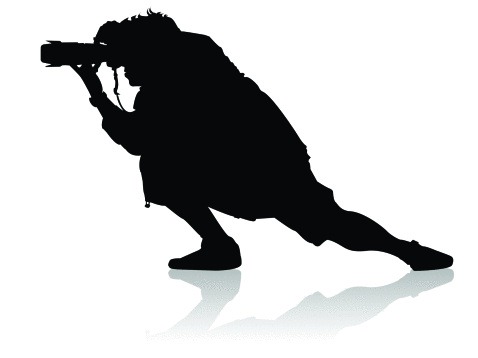
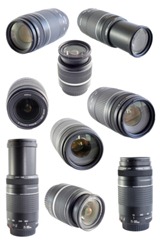
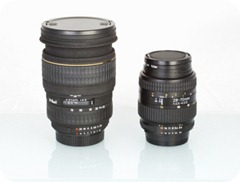
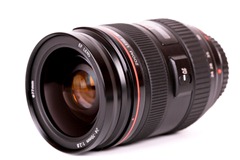
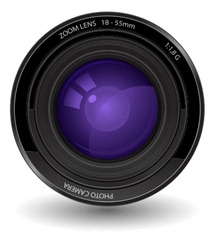
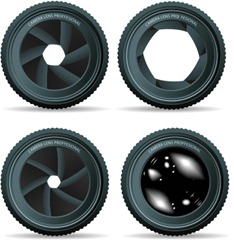
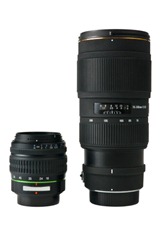
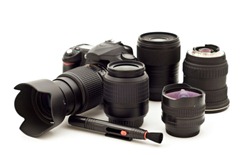
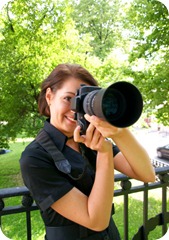
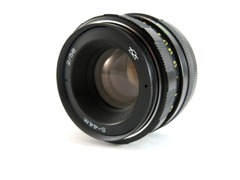

Nice article. I find wide primes and a zoom tele a good combination (15mm fish, 20mm, 50mm, and a 70-200mm). It’s easier to get in position when you’re using a wide, and you have to walk a significant distance more for the same result on a fixed tele.